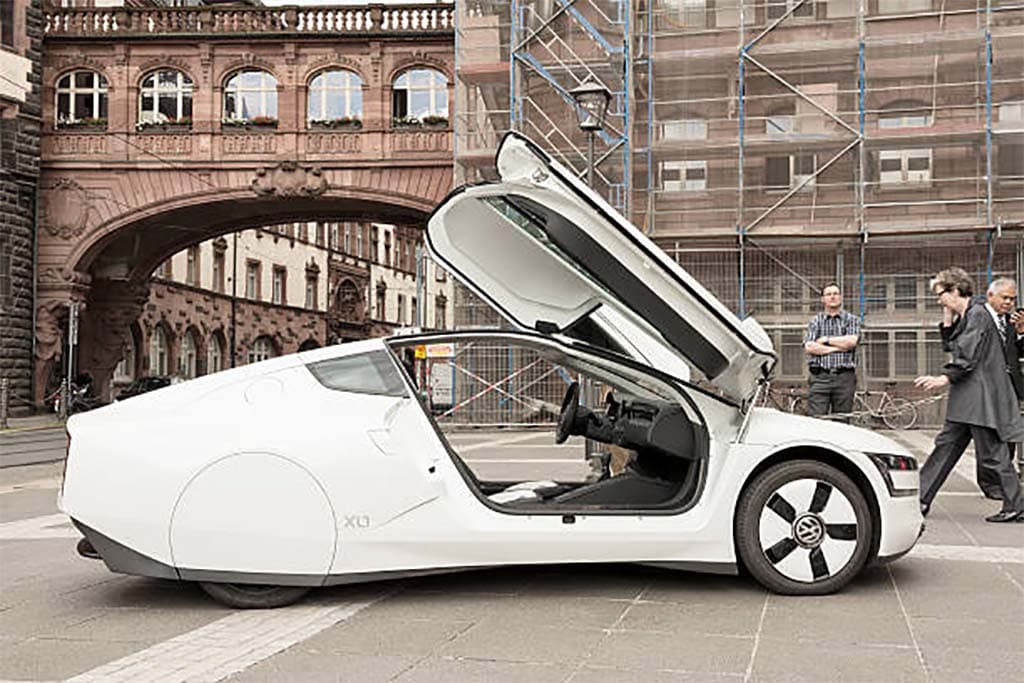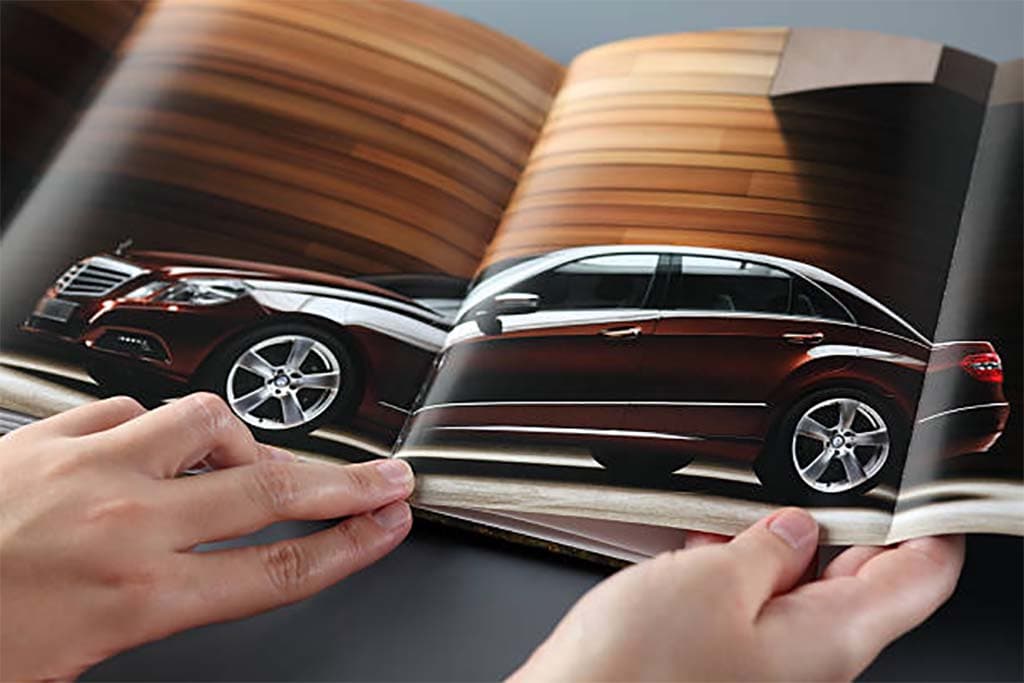The realms of automobiles and fashion, traditionally seen as distinct, have begun to intermingle in innovative ways in the modern era. While cars primarily emphasize functionality, durability, and performance, fashion plays to aesthetics, individualism, and societal trends. The melding of these two industries is not arbitrary. Instead, it reveals a strategic move by automobile giants to present their vehicles not just as machines but as extensions of an individual’s personality and lifestyle choices.
Historical Context: Evolution of Cars and Fashion Together
The alliance between cars and fashion has deep historical roots. Distinct car models from various eras have frequently corresponded with the prevalent fashion trends of those times. From the elegant outfits that matched the sophistication of vintage cars in the 1920s to the vibrant, bold styles that echoed the designs of cars in the 1960s, there has always been a subtle synchronization. This alignment was more than incidental. Both cars and clothing serve as cultural markers, providing insights into the prevalent norms, values, and aspirations of different times.
Modern Collaborations: Brands Joining Hands
Today, the synergy between cars and fashion has evolved to be more direct and conscious. Carmakers are not just drawing inspiration from fashion; they are entering into explicit partnerships with eminent fashion labels. High-end collaborations, such as those between luxury car brands and renowned fashion houses, showcase limited-edition vehicles or even exclusive clothing lines that mirror the car’s design. For example, when discussing performance and design, mentions of products like the best cold air intake for lml duramax are no longer uncommon in fashion circles. These initiatives reflect a holistic approach where the final product is an amalgamation of performance and style.
Impact on Consumer Perception and Brand Affinity
Such collaborations between car manufacturers and fashion designers are not mere marketing stunts. They are carefully curated strategies to enhance the perceived value of a vehicle. For a consumer, a car is not just about getting from one point to another. In many ways, it’s a reflection of their identity, taste, and even status. By associating with fashion brands, carmakers tap into these emotions, making their cars symbols of a particular lifestyle. The ultimate aim is to foster deeper connections with consumers, leading to stronger brand loyalty and affinity.
Challenges and Considerations for Carmakers
While the collaboration between the automobile and fashion sectors can produce stunning results, it’s essential to acknowledge the challenges this fusion presents. Foremost, car brands must be incredibly judicious in their choice of fashion partners. A harmonious blend of the two brands’ visions, values, and aesthetics is crucial. Mismatched collaborations can lead to diluted brand identities or confuse the target audience, muddying the intended message. Furthermore, as more carmakers jump on the bandwagon of fashion collaborations, the market faces the threat of becoming oversaturated. With numerous brands vying for consumer attention, the uniqueness of such partnerships can quickly diminish. To stand out, carmakers will need to ensure authenticity in their collaborations. It’s not enough to create visually appealing designs; these collaborations must resonate with the core values and preferences of the intended consumer base, ensuring they don’t appear as fleeting marketing gimmicks.
The Future: What’s Next in this Collaboration?

The confluence of the automotive and fashion industries is just the beginning of an exciting journey. One of the most promising avenues for this collaboration lies in sustainability. With the world becoming increasingly conscious of environmental concerns, both sectors face mounting pressure to adopt and promote eco-friendly practices. Imagine a world where luxury vehicles not only flaunt design elements from iconic fashion houses but also integrate sustainable technologies. This could range from eco-friendly materials in the interiors to advanced propulsion systems that minimize carbon footprints. Concurrently, the fashion industry could draw inspiration from automotive advancements, launching clothing lines made from recycled materials or designs reflecting the sleekness and efficiency of modern electric vehicles. Moreover, technology will undoubtedly play a pivotal role in shaping this future. As cars incorporate more tech features, from self-driving capabilities to augmented reality displays, the fashion world could reciprocate with wearable tech that complements the smart features of vehicles.
Conclusion: A New Era in Branding
In wrapping up, the integration of fashion elements into the automobile sector signifies a transformative approach to branding and consumer engagement. By forging alliances with the fashion industry, carmakers are not merely seeking to enhance the aesthetic appeal of their vehicles. They are redefining the very essence of their brands, positioning cars as more than functional machines. They become emblematic of a lifestyle, an expression of personal values, tastes, and aspirations. This shift transcends traditional marketing paradigms. As vehicles evolve, embodying elements of luxury, style, and environmental consciousness, their collaboration with the fashion world solidifies. Such partnerships not only augment the allure of vehicles but also cement their status as lifestyle symbols in the contemporary world. This new era in branding promises exciting times ahead for consumers, where their cars reflect not just their transportation needs but their fashion sensibilities and ethical choices as well.






